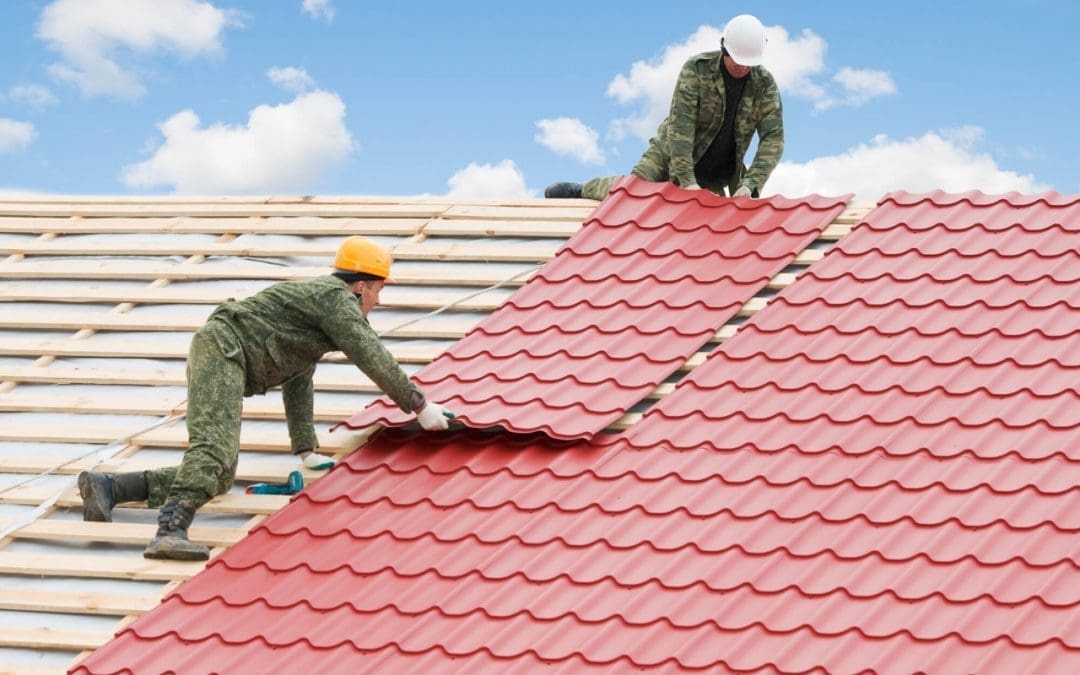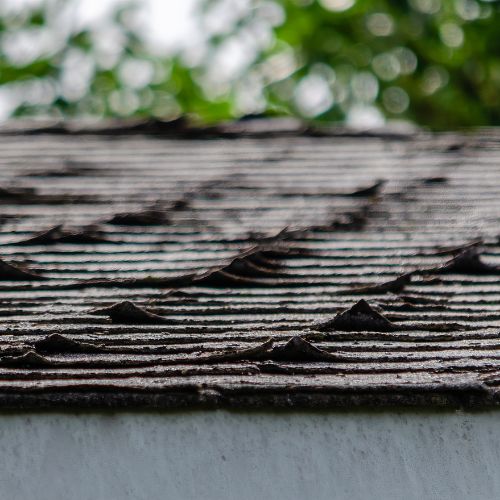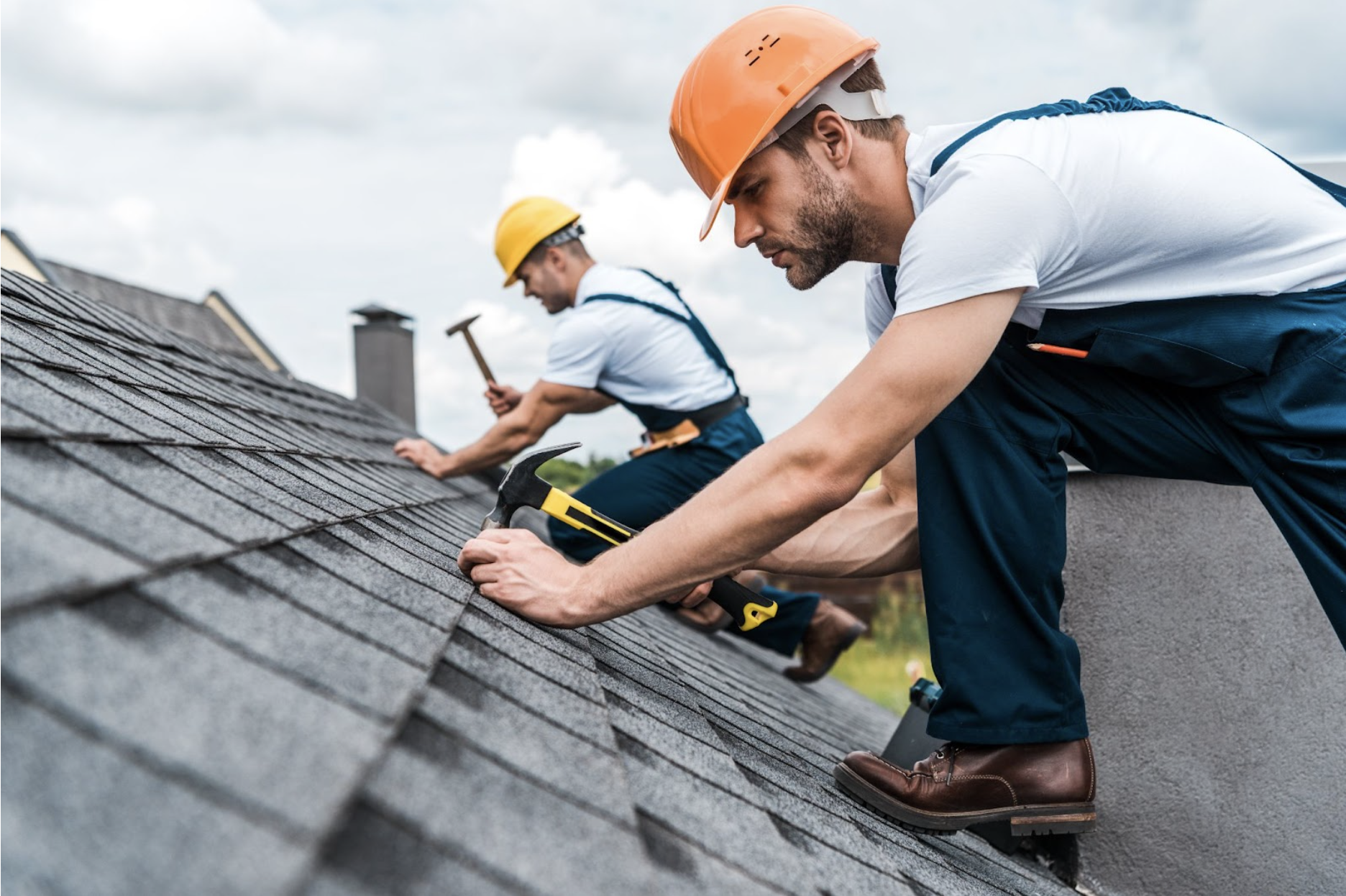Ultimate List for Evaluating the Condition of Your Roof and Identifying Potential Problems
By complying with a comprehensive list customized to assess the various parts of your roof covering, you can get important insights right into its present state and preempt any impending problems. This aggressive method not just makes sure the longevity of your roof covering however also adds to maintaining the architectural integrity of your home.

Roof Covering Evaluation Tools
These devices aid in detecting possible problems, assessing the general condition of the roof covering, and identifying the necessary upkeep or repairs required. One of the primary devices used in roof covering evaluations is a dampness meter, which assists recognize areas of entraped moisture within the roof covering layers that could show leaks or water damage.

Furthermore, a digital cam or smart device is important for documenting the assessment procedure, capturing images of any type of damages or locations of problem for further assessment. Other tools such as field glasses, roofing probes, and safety and security equipment like harnesses and ladders are vital for a comprehensive and safe roofing system assessment. By making use of these devices properly, assessors can perform thorough assessments, identify issues promptly, and advise ideal remedies to keep the roofing system's integrity.
Outside Roof Evaluation
To completely assess the condition of a roof covering system, an exterior roof examination is important to evaluate the surface for indicators of wear, damage, or prospective issues. During an outside roofing system analysis, it is essential to begin by examining the roof shingles or roof covering material.

Analyze the general cleanliness of the roof covering, as debris buildup can preserve wetness and accelerate roofing wear and tear. By performing a complete exterior roof covering assessment, homeowners can determine and address possible issues prior to they escalate into pricey repair work.
Inside Ceiling Assessment
Upon getting in the interior area, a comprehensive analysis of the ceiling is important to recognize any indications of water damages, leakages, or architectural concerns. Start by visually evaluating the ceiling for any discoloration, drooping, or peeling off paint, as these could suggest water infiltration from the roof. Try to find water discolorations or mold growth, which are clear signs of a leakage. Pay very close attention to any areas where the ceiling satisfies the wall surfaces or where light fixtures are installed, as these are common areas for water breach. In addition, check for any indications of sagging or disproportion in the ceiling, which can recommend architectural troubles that need immediate attention. Utilize a flashlight to take a look at hard-to-reach edges and holes extensively. Any musty odors or dampness in the air ought to likewise increase issues regarding prospective roofing concerns. Taking the time to evaluate the interior ceiling can help spot roofing problems at an early stage and avoid additional damage to the building.
Attic Examination
A comprehensive examination of the attic is important in evaluating the total condition and efficiency of the roof. The attic acts as an essential component of the roof, providing understandings right into potential problems that may not show up from the exterior or inside of your house. Throughout the attic examination, it is very important to look for indicators of water damage, such as water discolorations, mold development, or decaying timber, which could suggest a leakage click to find out more in the roofing. Additionally, check the insulation for any kind of indications of damage or compression, as appropriate insulation is critical for preserving power efficiency and stopping ice dams. Seek sufficient air flow to ensure that excess warm and dampness are being properly aerated out of the attic to avoid moisture-related troubles. Finally, take a look at the attic room framework for any indications of drooping or damages, as these issues could jeopardize the honesty of the whole roofing system. Frequently analyzing the attic room can aid identify potential roofing problems early, permitting prompt fixings and upkeep to lengthen the life-span of the roof.
Dealing With Common Roof Covering Issues
One of the most frequent issues property owners deal with is a dripping roofing, usually caused by damaged or missing shingles, improper installation, or scrubby flashing. One more typical issue is roofing system ventilation issues, which can lead to excess heat and moisture buildup in the attic, causing early damage of the roof covering products. Furthermore, the build-up of debris such as leaves, branches, or click here for more snow on the roofing system can block water drainage systems and lead to water merging, which might ultimately cause roof leakages or architectural damage.
Final Thought
Finally, an extensive assessment of your roof is necessary to identify possible problems and guarantee the overall problem of your roofing system. By making use of the proper tools and performing interior, exterior, and attic room evaluations, usual roofing problems can be resolved immediately. Routine maintenance and prompt repair work can aid stop significant damages and extend the lifespan of your roofing.
One of the primary Clicking Here devices used in roof covering evaluations is a dampness meter, which assists recognize areas of caught moisture within the roofing layers that could suggest leaks or water damage. Various other tools such as binoculars, roof probes, and security tools like ladders and harnesses are vital for a thorough and safe roofing system inspection.To completely assess the condition of a roof system, an outside roof examination is essential to examine the surface area for indicators of wear, damage, or potential problems. Examine the total cleanliness of the roofing system, as particles build-up can retain moisture and speed up roofing damage. Keep Dry Roofing LLC. Additionally, the accumulation of particles such as fallen leaves, branches, or snow on the roof covering can obstruct drainage systems and lead to water pooling, which may eventually cause roofing system leaks or structural damage